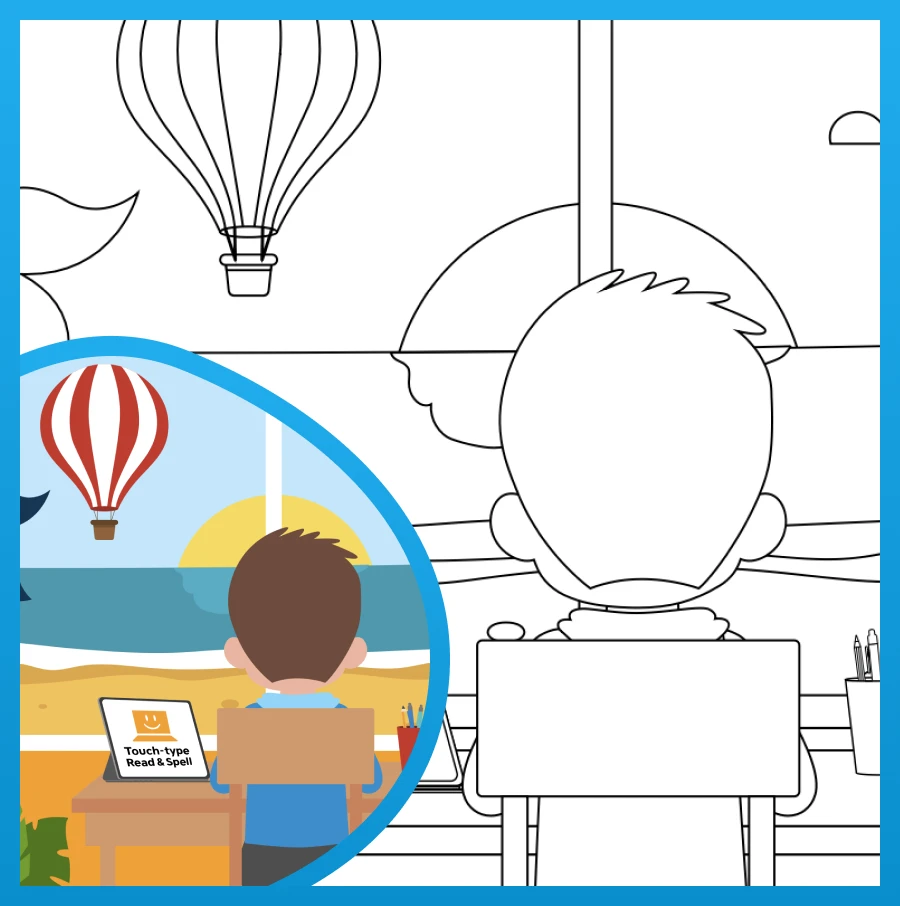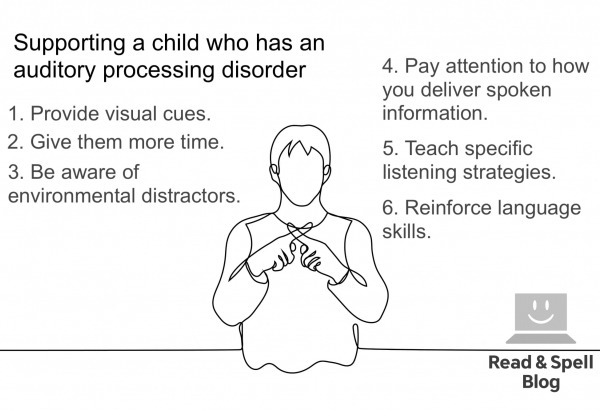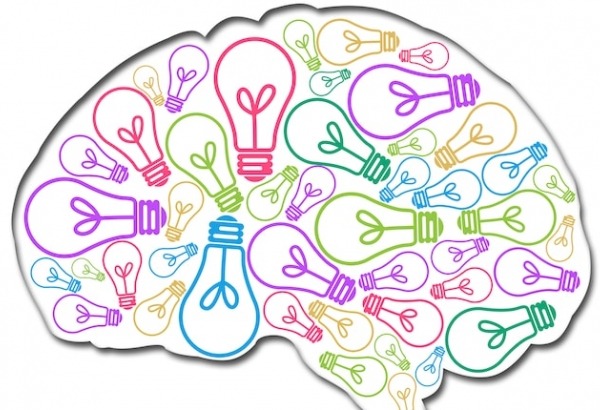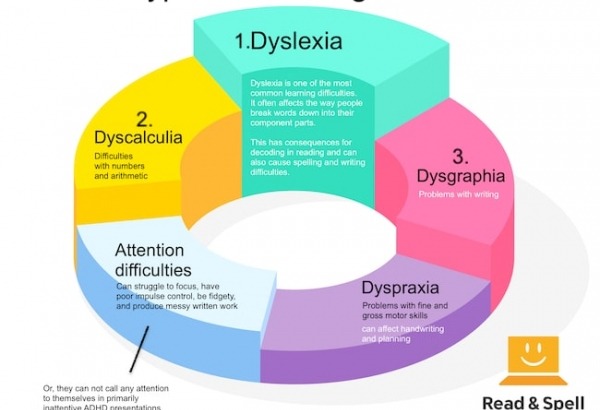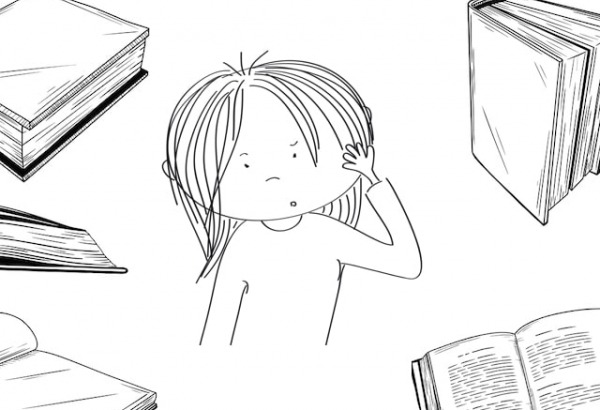Understanding Developmental Language Disorder (DLD)
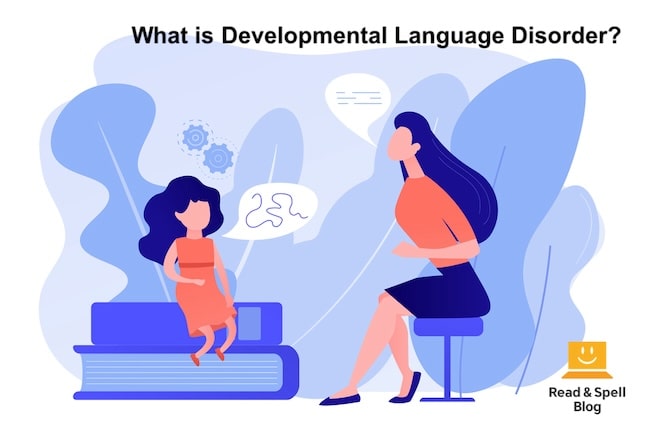
If you haven’t heard of Developmental Language Disorder (DLD) it may be because as a public facing term the name is a relatively new one. It was chosen by a panel of experts in early 2017 as part of the CATALISE project - a multinational and multidisciplinary Delphi consensus study identifying language impairments in children - and describes what was previously known as Specific Language Impairment (SLI).
Children with Developmental Language Disorder do not have autism spectrum disorder (ASD), apraxia of speech, brain damage or hearing impairment but still experience language based communication difficulties that disrupt their life and do not go away by the age of 5. Every case of DLD is unique and individuals will vary in the severity of the disruption to communicative ability.
Symptoms range from trouble with pronunciation, to challenges with learning vocabulary, problems manipulating syntax (grammar), and/or using the correct language for a particular context (pragmatics). Problems with language retrieval, similar to what is seen in aphasia/dysphasia, may also be observed. And while DLD mainly addresses issues with spoken communication, children tend to struggle with literacy skills as well.
Developmental language disorder can affect both receptive and productive skills. When the processing of spoken language is an issue, a child may have trouble segmenting the speech stream in order to extract meaningful input. He or she may not be able to match speech to print, follow spoken narratives, understand questions and directions, or recognize familiar words.
When expressive skills are disrupted, there can be an inability to produce clear and intelligible speech that fully captures what the child is trying to say. There may be difficulties with pronunciation, but they are not caused by issues with the muscles involved in articulation, as in apraxia of speech. Mixing up the sounds in language, experiencing false starts, not being able to name words, learn songs, rhyme, or adjust tone depending on person and context are just some of the issues that kids with expressive DLD may experience.
Because every child with Developmental Language Disorder is different, school age learners will require their own unique plan of accommodations and strategy training, including in many cases working with a Speech and Language Therapist. In the UK, students with DLD are often grouped under Speech, Language and Communication Needs (SLCN) at school.
For more information regarding assessment of DLD you can consult the Clinical Evaluation of Language Fundamentals (CELF) test. Also be aware that it’s possible for DLD to co-occur with dyslexia, dyspraxia and ADHD. Learn more about helping students with dyslexia, dyspraxia and ADD/ADHD in the classroom in these articles.
Speech and language development
All children go through the same set of developmental stages to master the basics of spoken language, including phonology (sounds), semantics (the meaning of words), grammar, and pragmatics (the social rules of communication). Though children progress through each stage at different rates, depending on cognitive and environmental factors, kids with DLD are often well behind same-aged peers – in some cases not speaking until they are three or four years old. It’s important to note that language delays are also common in kids with phonological dyslexia and hearing impairment.
However, in these cases delays are related to trouble hearing sounds or splitting words into their component sounds. The main difference between kids who experience language delays and children with Developmental Language Disorder is that the former may take longer to speak, but eventually get there in the end, whereas kids with DLD continue to struggle past their 5th birthday.

5 Issues for school-aged children with DLD
-
Developing literacy skills Problems with language production and comprehension inevitably impact a child’s ability to learn how to read and write. Children with DLD can struggle to master the alphabet, follow and construct narratives, and memorize nursery rhymes – all skills that are important for beginner readers. They might also lack an understanding of how books work, such as not knowing when to turn the pages when someone is reading aloud. This contributes to difficulty with early reading and spelling instruction.
How to help: Ensure children with DLD get plenty of exposure to books. Read to them on a regular basis, take them to library events, and use multi-sensory approaches to teach the alphabet and numbers. Learn more about developing pre-literacy skills in children and a multi-sensory approach to reading.
-
Limited vocabulary knowledge Difficulty manipulating language in spoken input, including recognizing words and being able to learn them, can mean that kids with DLD often end up with much smaller working vocabularies than same-aged peers. This makes it harder for a child to express him or herself in writing but also negatively impacts on reading comprehension.
How to help: Because school-aged children achieve most of their vocabulary learning gains through incidental learning in reading, it’s important to choose graded readers that will help a child guess at the meaning of new words encountered in context. The most favorable conditions for learning are those in which 90% or more of words are familiar. Actively drilling vocabulary before and after reading can also help! Try multi-modal flashcards that include image and audio to reinforce learning through diverse sensory input.
TOP TIP: If you’re not sure a text is appropriate for your child with DLD, have him or her read a page or several paragraphs and lift up a finger for every word that is unfamiliar. If at the end all five fingers are up, you may want to choose something that is less challenging.
-
Difficulty taking notes When language is an issue, taking notes is even more problematic because it’s a process that has to happen quickly during lessons. Notes are important because they help a child review what he or she is learning in class, and they are even more crucial when an individual struggles to process spoken language.
How to help: Pair a child with a note-taking buddy or allow him or her to type notes on a computer. The latter works even better if the student can touch-type without looking at the keyboard.
-
Poor performance on assessment measures Because producing language, both in speaking and in writing, can be difficult for children with Developmental Language Disorder, not all assessment measures will provide an accurate reflection of what a student knows. This is true in written projects where a child may receive lower marks for writing in simple and short sentences and during oral reports when children can muddle language and fail to express themselves clearly.
How to help: Find alternative ways to assess what a student does or doesn’t know. Multiple-choice tests may be better than open-ended questions that require free writing. Whenever possible, provide access to a dictionary so kids can look up vocabulary words they are unclear about.
-
Low confidence and self-esteem Children with Developmental Language Disorder are not less intelligent than their peers, they just engage with language in a different way. This can lead to feelings of frustration and anxiety, particularly at school when performance is poor despite children having understood the concepts being taught. Awkward language skills can also have a negative impact on a child’s ability to fit in with peers. Over time, a child may lose confidence and develop a negative self-image that makes it even harder to stay motivated and overcome the challenges posed by DLD.
How to help: Avoid calling on students in a group setting as speaking can be particularly challenging when the spotlight is on them. Teach strategies and provide appropriate accommodations but also be there as a source of emotional support. Learn more in self-esteem and language-based learning disabilities.
More information for parents and teachers
Technology provides much needed support for kids with DLD, particularly in later grades. Look into computer programs that enhance language perception. Multi-modal vocabulary learning and multi-sensory language courses, particularly those that offer deliberate instruction and plenty of repetitive drilling, can be effective.
You may also consider allowing kids with DLD to type school assignments on a computer vs. writing by hand because it gives them access to grammar and spell checks. It’s important to teach communication skills too. Coping strategies give kids the tools they need to deal with the challenges of Developmental Language Disorder as they explore future career and education opportunities.
Multi-sensory typing
The TTRS course is a multi-sensory keyboarding program that was designed to teach touch-typing to individuals who struggle with language based learning difficulties. The course takes a supported approach that encourages students to succeed by completing bite-sized modules. There are no time limits and feedback focuses on accuracy over speed. Learners can progress at their own pace and review and repeat modules as necessary.
Repetition and repeat exposure to sight words are built into the course which follows a structured multi-sensory program of English phonics. Learners see, hear and type words to help familiarize them with the basic sound-letter patterns of the English language.
Over time, course use can boost self-esteem and confidence. Typing also improves fluency in written production because it automatizes language retrieval and harnesses muscle memory in the fingers to help with spelling. It makes it easier to use a computer, which is often a recommended school accommodation for kids with Developmental Language Disorder. Saying the words aloud as they are typed can also improve pronunciation and fluency in speaking.
For teachers
TTRS is a program designed to support educators in teaching students touch-typing, with additional emphasis on reading and spelling.
Chris Freeman

close
Can an Orton-Gillingham approach to literacy help your child?
Take a short quiz to find out!
TTRS has a solution for you
An award-winning, multi-sensory course that teaches typing, reading and spelling

How does TTRS work?
Developed in line with language and education research
Teaches typing using a multi-sensory approach
The course is modular in design and easy to navigate
Includes school and personal interest subjects
Positive feedback and positive reinforcement
Reporting features help you monitor usage and progress




